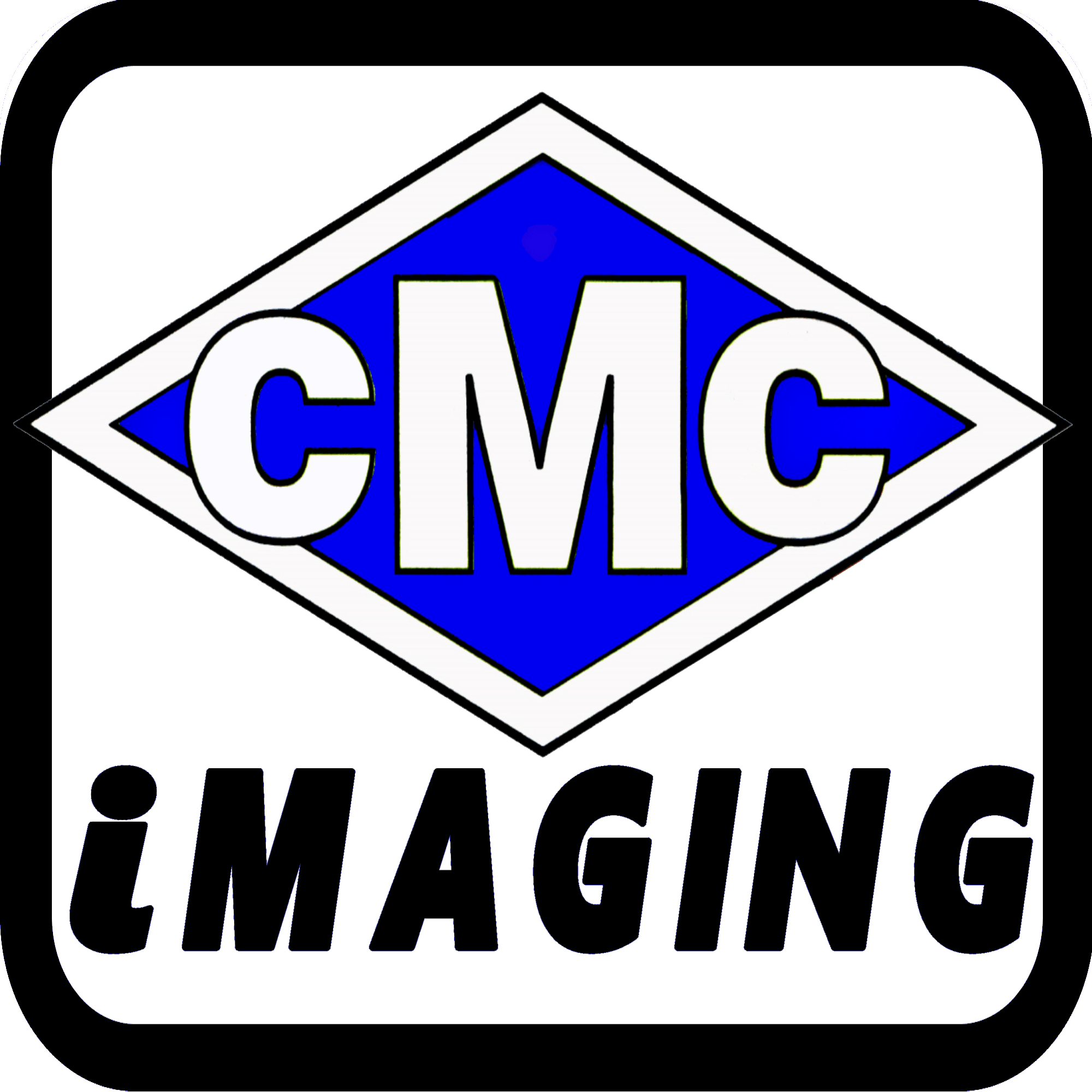Why shouldn’t I scan everything in color? It looks so much better!
Great question!
Scanning in color has been a reality for some time so, “Why are most folks not storing images in color?”
The short answer is because the image files are VERY LARGE.
It is a bit like the difference between a photograph and a Oil Painting. If you by a digital print of an oil painting is beautiful, a single piece of paper that can be rolled up and shipped and shared with anyone. The ORIGINAL PAINTING has so much more, the brush strokes and the way the light hits it is so much better, but it is hard to share, ship, move.
Original Images scanned in color contain much more information and the size of the file reflects this. I know of an archivist requesting all images to be scanned in color at 1000DPI. The image was wonderful and about 150 Meg each. This allowed him to put 4 pages on a CD and that is just not practical. Can you imagine trying to view one of those images on the internet? It would take a very long to download and see 1 image. A true story, the archivist learned the hard way there is such a thing as overkill and that is the whole point.
Why do you need color is the better question?
Are the originals so bad you have no other option to convert them?
Is the color of the information important?
Do they just look pretty and that is important to you?
There are practical ways to convert to color images and still maintain a file size that makes sense.
1: Pick a LOWER resolution. Color has 24 times or more information as black and white so you need less resolution to achieve the same readability
2: Reduce the color content where you can. Color is often 24bit or more. If that is confusing it is simple. it is the DEPTH of the color or how many computer bits does it take to make a color on the screen. You can wiki or google Color Depth and get a very complicated explanation but the difference between an image scanned in pure black and white and a 24bit, 32bit or 48bit color image has that much more information 24, 32 and 48 times the size of raw black and white image.
A bit is 1 switch. The human eye can discriminate more than 10 million colors. To represent those colors we need 16,777,216 variations of color or 24 switches for every dot on the screen. You have to store that switch state or the COLOR for each dot. If you have a 8.5 inch X 11 inch page scanned at 300 dpi (8.5X11)*300=28,050 displayed. In color there are ((8.5″ * 11″) * 300DPI) *24bits of color=673,200 displayed. You can reduce color by converting 24 bit to 16bit 65,536 colors instead of 16 million getting an image 33% smaller. Some users try 8 bit images it is all up to you to see what works.
3: Try Grayscale/Greyscale. Grayscale is a pallet of grays designed to represent the reflected light from the image. It is 8 bits deep so it is 1/3 smaller than color and 8 times bigger than black and white but it is still a good compromise
4: TEST IT and Test it again! I do not mean just scan it and look at it. Scan a real sample of the work you do. If a FOIA packet is 900 pages, scan 900 pages.
Is it …
a: a document you can work with?
b: too big to be emailed?
c: easily Stored?
d: easily Opened/Displayed?
e: easily Copied?
f: delivered across your computer network quickly?
In more than one case I have had users tell me color is perfect no matter what! Then a FIOA or Discovery didn’t fit on a DVD, or it took 15 minutes to paint all the thumbnails on the screen. All of the above are real client issues we have encountered over the years. So try different methods, then have the users make the choice. I have displayed full images next to reduced color images and never had a user pick the reduced image every time. They really can’t tell the difference even side by side.
So REDUCE/REDUCE/REDUCE and test are my recommendations!
Reduce ResolutionReduce Color, Reduce size and Test it all to see if it works!
You may have noticed I did not mention compression engines and what they do. Compression is all relative to the actual image and has nothing to do with the end display image which is always full sizes. Some images compress well and others not so well. The constant truth is the starting and displayed image is always the same size.
Start with 24 times more information and you will have a substantially larger file no matter what compression you choose.
Happy scanning!
